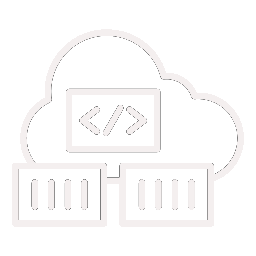Definition and Overview
Real-Time Locating System (RTLS) technology marks a pivotal advancement in container logistics, facilitating the tracking and management of assets with unparalleled precision. At its core, RTLS is designed to provide instant data on the whereabouts and movement of containers, thus significantly enhancing operational efficiency and supply chain visibility. This technology integrates into logistics operations, leveraging a mix of GPS, RFID, and wireless communication technologies to offer real-time information, crucial for decision-making and optimizing logistics workflows.
The application of RTLS in container logistics is transformative, offering insights that enable more agile and informed management of assets. By improving location accuracy and inventory control, businesses can minimize delays, reduce losses, and increase the overall efficiency of their supply chain operations. The value of real-time data cannot be overstated, providing a competitive edge by enabling a level of responsiveness and adaptability previously unattainable.
Key Technologies and Components
RTLS relies on a variety of technologies and components to provide accurate location information. RFID (Radio Frequency Identification), a cornerstone technology for RTLS, offers the ability to automatically identify and track tags attached to containers. GPS (Global Positioning System) technology enhances RTLS capabilities with outdoor tracking, essential for the vast distances covered in container logistics.
Another critical component is the RTLS software, which integrates the data collected from sensors and tags into a coherent, actionable format. This software is crucial for data analytics, offering insights into asset management and operational efficiency. By analyzing this data, logistics companies can identify bottlenecks, optimize routes, and improve warehouse efficiency.
Applications in Container Logistics
The applications of RTLS in container logistics are vast, ranging from real-time tracking to enhancing container security. One of the primary benefits is the ability to monitor the exact location of containers in real-time, which is vital for inventory control, reducing theft, and ensuring the timely delivery of goods.
Furthermore, RTLS technology plays a significant role in fleet management and operational efficiency. By providing detailed insights into the movement and status of containers, companies can optimize routing, reduce idle times, and improve supply chain management. Additionally, the use of RTLS for cargo monitoring ensures the integrity of goods by monitoring environmental conditions, thereby mitigating risks associated with the transport of sensitive materials.
